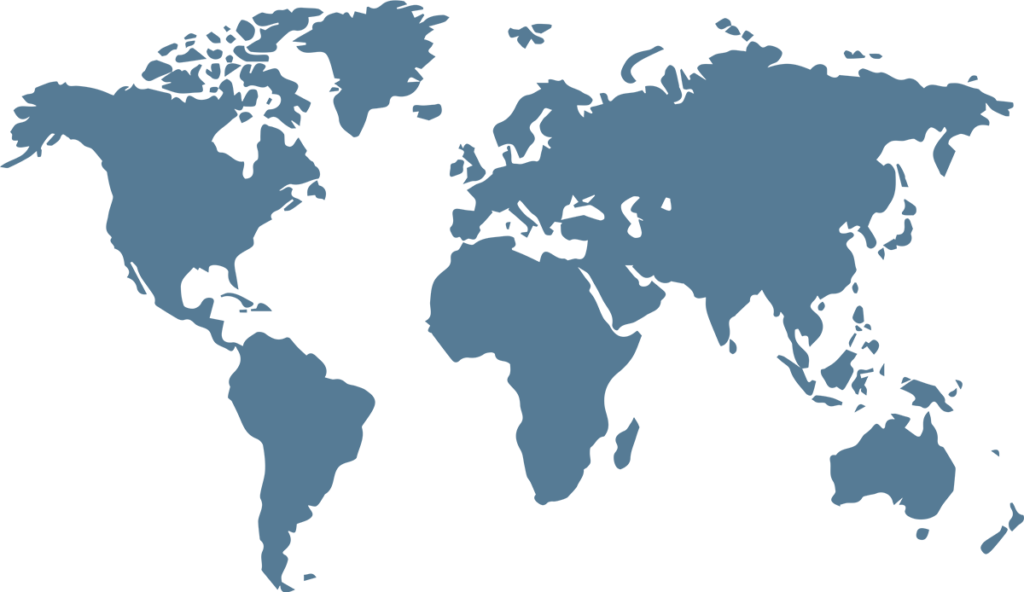Retail giants Kmart and David Jones have topped the list of 25 companies scrutinised in a damning annual ethical fashion report that tracked their sustainability and human rights progress for nearly a decade. And the researchers have advice for other Australian businesses looking to emulate their ethical success.
The special edition of the ethical fashion report, which comes from researchers at Baptist World Aid Australia, was released to coincide with the ten-year anniversary of the devastating Rana Plaza Factory collapse, where some 1130 Bangladeshi garment workers perished.
It was a turning point for the horrified fashion industry that resulted in a slew of brands stepping up to audit their supply chains to ensure a living wage, sustainable materials and a lower carbon footprint. And the impact of this was felt a world away.
“Because of the new regulations, the rules are a lot stricter. Factories cannot get away with as much. Garment workers can place a complaint now and many companies will take action,” a factory worker known only as Nargis told Baptist World Aid researchers.
Thus, the ethical fashion movement took off — with brands including Kmart, Lacoste, David Jones, Lululemon and VF Corp coming in as the top five showing the most progress in the decade since the disaster, the new report found.
Kmart was in the top 40% of fashion brands surveyed with a score of 57, up from a score of D in 2013 (Baptist World Aid Australia’s scoring used to be graded like a school report card from A to F, but now is a score out of 100 to allow more nuance). Likewise, David Jones is in the top 40% (56), up from a dismal F score in 2013.
How brands can be more ethical
Advocacy Lead Bonnie Graham tells SmartCompany brands that are looking to clean up their act and operate more sustainably must seek investment from the board or executive level of the business to make lasting change, calling it “a recurring theme over the past decade”.
“We regularly work with fashion company employees who are passionate about doing the right thing for their suppliers and garment workers, but without that higher level buy-in they get stuck in a cycle of bureaucracy which means they fail to action genuine changes,” Graham says.
She also advises companies allocate budget towards tracing their supply chains, to understand where their fabrics and raw fibres originate from. Without this information, she says, “companies can’t put in place systems or processes to identify, remediate, or prevent worker exploitation and modern slavery when it occurs”.
“The reason this is so concerning is that the highest prevalence of modern slavery sits at those deeper tiers of the supply chain that companies don’t have visibility over.”
Brands that came last
But researchers also found several brands had failed to show any real improvement in the past decade, among them Forever 21, Abercrombie and Fitch, Sussan Group, Myer, and Cue Clothing Co. It found, based on the slow progress, that it would take some 75 years for all companies to pay a living wage at one factory each.
The report said exploitation in the fashion industry is “woven deeply” into the system as workers face abuse, harassment, discrimination, unliveable wages, and polluted environments. None of the 25 companies could show evidence of unions or collective bargaining agreements for over three-quarters of their suppliers, the report found, while just 16% proved living wage payments at factories.
Layla, another Bangladesh garment worker, told researchers: “I worked long hours and then overtime and sometimes overnight. There was a lot of pressure to get things finished. It was possible to go to the toilet and have a drink of water, but we had to be very quick, otherwise the supervisors would shout at us”.
Some 50 million people live in conditions considered modern slavery compared to 30 million in 2013, Advocacy Manager Sarah Knop added, and “the fashion industry [is] a major contributor”.
Australia’s glut for fashion
Wastage in fashion causing a strain on our environment is a huge problem too — and worldwide Australia are some of the biggest consumers of fashion. For every Australian, there are 14.8 kilograms of brand new clothing, or 56 items, that goes to landfill a year — some 227,000 tonnes — with just 190,000 tonnes given to charity instead.
Graham says she hopes Baptist World Aid Australia’s report will prompt conversation among Australian fashion brands about how it can work together with all levels of changemakers to stamp out the dodgy practices that plague the industry.
“Companies need to remove their blinders and proactively work to collaborate not only with other brands, but also with civil society, governments and worker voice groups to achieve genuine change on issues like living wages and modern slavery.”
Most improved companies from 2013-2022
1. Kmart
2. Lacoste
3. David Jones
4. Lululemon
5. VF Corp
Least improved companies from 2013-2022
1. Forever 21
2. Abercrombie and Fitch
3. Sussan Group
4. Myer
5. Cue Clothing Co
Source : SmartCompany


